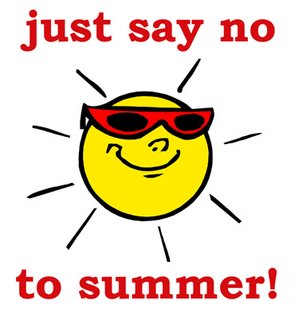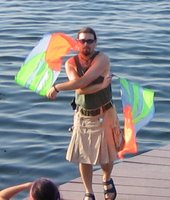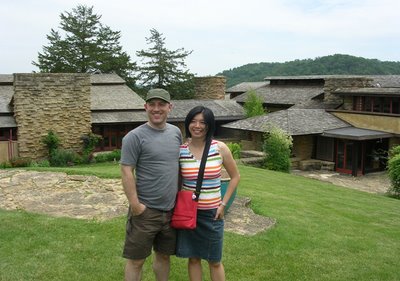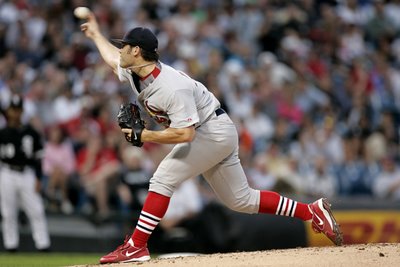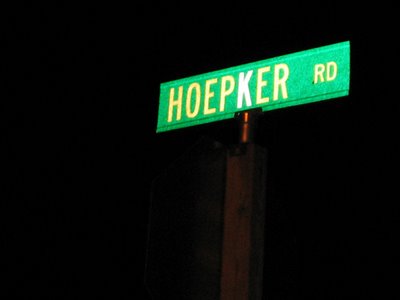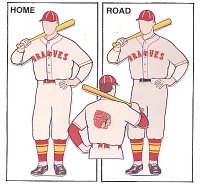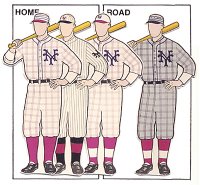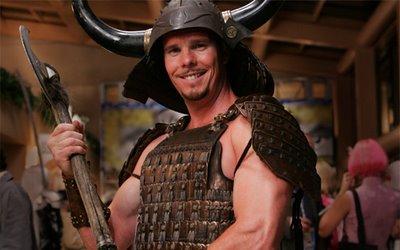The latter error was unbelievable. Shortstop Jhonny Peralta's throw to first base one-hopped the first baseman, in this case everyday catcher Victor Martinez, who hasn't played but a few innings at first in his Major League career. An adequate first baseman digs that ball out, and the game is over. But Peralta's throw scooted past the bag into foul territory, and just like that the Cards were winners once again. As the team burst onto the field to congratulate itself on winning a game it didn't really deserve to win, Cardinals fans showered the field ... with seat cushions. It was a giveaway night, and as the rally mounted fans began slapping their complementary seat cushions together as if they were those annoying thunder stick thingamagigs. When Aaron Miles crossed home with the winning run, cushions were thrown up into the air in graduation cap style, with many landing on the field. It was that kind of a relief to finally win a game.

Every flaw the Cardinals have -- and there are plenty -- was exquisitely showcased in this 8-game trouncing at the hands of the American League, clearly the better league. Weak pen. Check. Inability to strike batters out. Check. Tendency to give up the gopher ball. Check. Lack of ability to hit the gopher ball. Check. No timely hitting. Check. A threadbare rotation. Check.
The sad fact is, there isn't likely to be much help on the horizon. We don't have the assets to fix both the rotation, pen, and lineup. And what assets we have -- namely young studs Anthony Reyes and Adam Wainwright -- to fix one of those areas is not going to be traded. So, we're kinda floating aimlessly up shit creek, left to stare at our warts for the rest of the season. Once the postseason begins, it's anyone's guess. The NL is evenly matched across the top of each division, with the Mets possibly having a slight edge over the competition. Maybe the Cards make it to the World Series. But even if they do, I expect them to get their asses handed to them by whichever superior AL team survives what will surely be a thrilling two rounds of AL playoffs. It should be a repeat of the '04 Series, in which the Sox handed the Cards their hats with a steaming pile of poo inside. Fuck. I thought I was going to be optimistic this season, too. But that was before this 8-game skid. Maybe I just need to find a seat cushion to toss into the air?
In addition to the thrilling ending of the Cards game last night, the NBA draft went down. I'm a sucker for the draft, even though I don't really much care for the NBA as a whole. (I love playing fantasy basketball, but I'm not the sort who watches a lot of NBA games.) I do love NCAA ball, though, and that's probably why I'm always so interested in the draft. I want to see where the kids I watched all season long end up going in the draft.
To that end, the NBA draft is often a frustrating experience, seeing as how so much weight is placed upon "potential". Take a kid like LSU's Ty Thomas, who went fourth in the draft (to the Bulls via the Trailblazers). He was a redshirt freshman this season, and didn't even begin the year in LSU's starting 5. However, he was a big reason why LSU made it to the Final Four, and since he has freakish athleticism, he gets tagged as a "project" who will someday be the sort of player who can disrupt on defense and give you some high-flying dunks on offense. Taken right after him -- and widely criticized for being taken so high -- was Duke's senior power forward Shelden Williams. The Landlord is the only Duke player in the Coach K reign to average a double-double for his career. He's played against the NCAA's stiffest competition for four seasons. Yet, according to experts, he's a little undersized to play the 4 in the pros and isn't blessed with amazing hops. Translation: he's seen as a typical workman who will adequately fill a role, but doesn't have much potential to become an elite player -- despite being one for four years in college.
Now, I understand -- and to some degree agree -- with that assessment. However, that doesn't change the fact that I think the NBA places way too much stock in "potential". As has begun to happen with baseball, at some point shouldn't a scout pay as much attention to past success and statistical evidence as "tools" like vertical jump, standing reach, etc.? Shouldn't the fact that Williams found a way to be a consistent elite player in college basketball's toughest league be worth more than Thomas' brief, albeit bright, success in the NCAA Tourney? I'm all for potential and recognizing players who can still develop, but I'd choose to find that potential in player's who have proven their worth time and time again, instead of in players who simply carried their teams for two-week stretches. Thomas may turn out to be a success due to his athletic gifts and desire, but to me that doesn't mean that he has more potential than, say, Williams. If Williams continues to play at the same level in the pros, he's likely a 17 points, 10 rebounds, 2 blocks a night kinda guy. And while that's not All Star material, it's consistent production that most teams would surely bend over backward to get. Teams spend so much time searching for a star that they often miss the sure-things, and end up with a dud.
I'm even more baffled by the overseas players who are selected. Sure, these kids play in an NCAA-like environment in their European leagues. But they are being drafted after accumulating little-to-no playing experience. The Blazers took a 7-foot British kid who has only been playing competitive ball for one year. One. I know you can't teach height, but it doesn't seem reasonable to me that the Blazers would choose to bank on this kid's development rather than take an experienced, polished player like, oh, Michigan State's Paul Davis, who went four picks later in the second round. One would think that's especially true when considering that the kid will be kept in Europe for at least a couple years of "seasoning", playing for a coach who will not necessarily be teaching this kid how to improve -- or giving him the game minutes to do so.
NCAA success does not translate to high draft picks. Just look at the second round of the draft, which is littered with college kids who starred for their respective programs: Davis, Dee Brown, Craig Smith, Daniel Gibson, Leon Powe, Guillermo Diaz, Will Blalock, and on and on. These kids are all flawed, for certain. Dee Brown is too short; his shot is inconsistent. But I guarantee he's a ten-times better baller than Joel Freeland, the 7-foot limey. Just look at what he acheived in college ball, winning well over 100 games for two different coaches and playing for a championship-caliber team. Now I've said on multiple occasions that I think Dee Brown will have a hard time sticking in the NBA, but I would still draft him before I'd take a British kid who's spent more time bagging groceries over the past few years than ballin'.
By the way, the Jazz were very smart to draft Dee Brown. He'll make their roster -- he's just got that sort of fortitude and determination. But even if he doesn't pan out this year and is released after the season, he'll still have aided the Jazz in the long run by providing their top point guard, former Brown teammate Deron Williams, with a best bud to hang out with. He'll help Williams continue his transition to the NBA on a personal level, and will probably challenge Williams on the practice court -- just as he did throughout their college tenure together.
As for my Bulls, the verdict is out on Ty Thomas. To me, he looks like the second-coming of Tyson Chandler, minus a few inches. He's got a bit more offensive upside, which is good, but I'm not convinced he'll end up being any more valuable. Their other first-round pick went to a 22 year-old from Switzerland. (No, I'm not making that up.) Thabo Sefolosha, who was born in South Africa, is a lanky, tall 2 guard. Much like Thomas, he's made his reputation on the defensive end of the court. Not a bad gamble, but again, we could have had Rodney Carney (a better athlete and scorer), Ronnie Brewer (again, a better athlete), or Shannon Brown (ditto Carney). Time will tell, as always.

